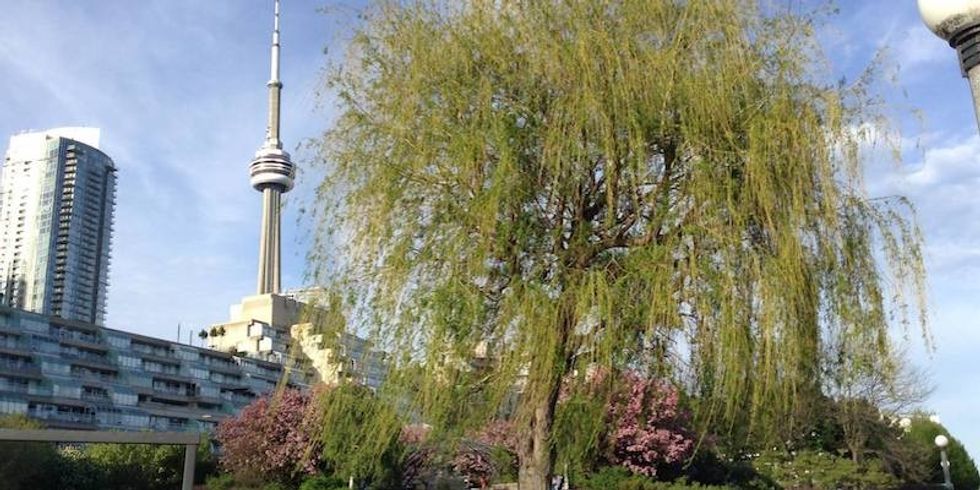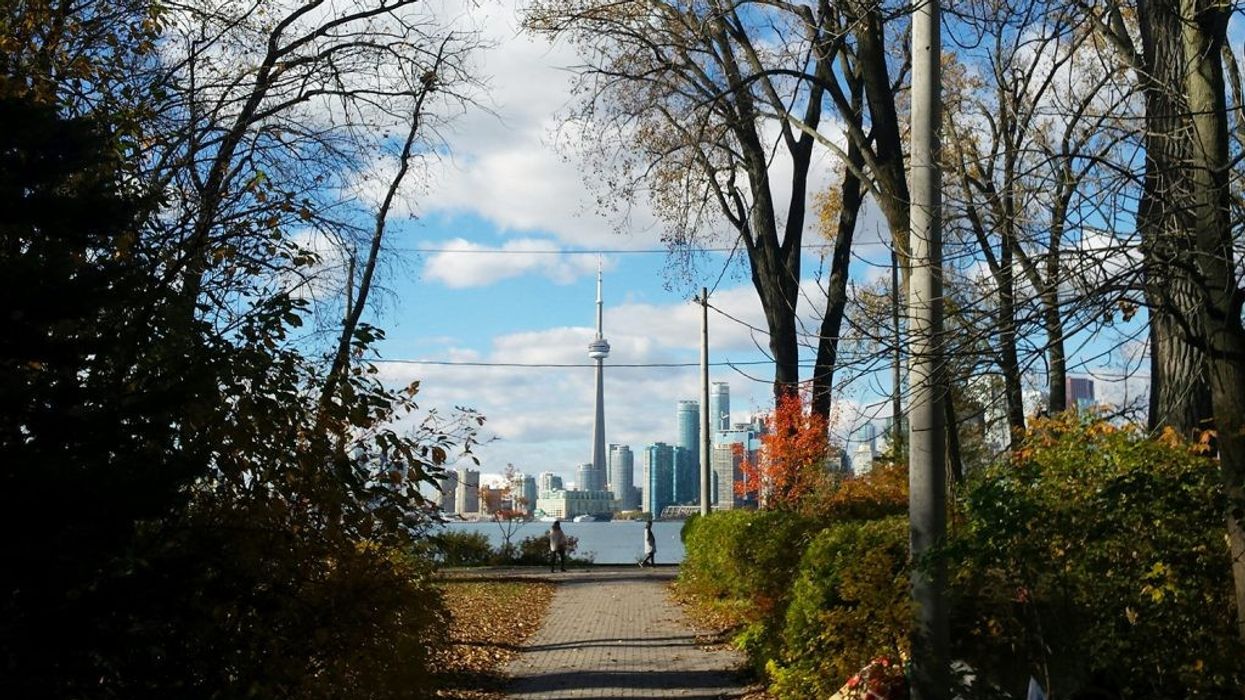In news that may come as a shock to the downtown dweller, this Earth Day, the City of Toronto has been named a Tree City of the World. Yes, really. We're just as surprised as you are. It’s not the first time either. This is the fifth consecutive year that Arbor Day Foundation and the Food and Agriculture Organization of the United Nations has recognized Toronto with the designation.
The designation recognizes the city’s commitment to ensuring sustainable and healthy urban forests, protecting local ecosystems, and enhancing its resilience to climate change. Toronto plants approximately 120,000 trees each year while managing and maintaining the urban forest that makes up the 11.5 million trees found across the city.
According to the City, these efforts are designed to help the City achieve its 40% tree canopy cover target by 2050. Currently, it’s at 28%. It says it engages the public through tours, talks, and hands-on planting and stewardship events to increase knowledge and appreciation of Toronto’s urban forest and natural environment.

Toronto is one of the original 59 cities alongside New York, Paris, and Milan to have been recognized for meeting five standards in urban forestry by the Food and Agriculture Organization of the United Nations and the Arbor Day Foundation. Now, over 200 cities from 22 countries across the globe join the network of cities dedicated to sharing and adopting the most successful approaches to managing community trees and forests. Toronto is one of 18 cities recognized in Canada for 2023.
Nearby, Burlington, Hamilton, Mississauga, Whitby, Vaughan, and Richmond Hill also made the list.
On its website, five standards are outlined that must be achieved in order to become a Tree City of the World. These include a written statement by city leaders delegating responsibility for the care of trees within the municipal boundary to a staff member, a city department, or a group of citizens (a Tree Board); a law or an official policy that governs the management of forests and trees; an updated inventory or assessment of the local tree resource so that an effective long-term plan for planting, care, and removal of city trees can be established; a dedicated annual budget for the routine implementation of the tree management plan; and an annual celebration of trees to raise awareness among residents and to acknowledge citizens and staff members who carry out the city tree programme.
So, in a city core increasingly characterized by towering concrete, it’s refreshing news to know that – even if we can’t really see any trees in certain downtown spots – there are moves being made to grow and protect them. Those looking to lend their time or green thumbs to the cause can find ways to do so on the City’s website.





















